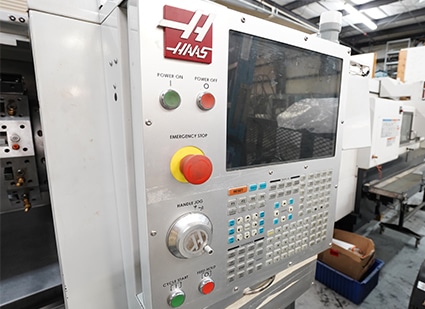The manufacturing field has become a main target for cybercriminals, facing a huge increase in attacks that put operations and profits at risk. This analysis looks at why this trend is happening, the changing threat landscape, and the vital steps manufacturers need to take to safeguard their businesses.
The manufacturing industry finds itself at the heart of a rising cybersecurity crisis. For three years running, it has become the biggest target for cyberattacks, making up over 25% of incidents, according to IBM’s recent report. Understanding why this is the case is crucial.
The Growing Attack Surface
As manufacturers go digital with Internet of Things (IoT) devices and online sensors, their attack surface is getting much bigger. This shift toward digital operations has great perks like better efficiency and data insights, but it also leaves manufacturers exposed to a bunch of vulnerabilities. Every connected device, whether it’s a sensor on an assembly line or a smart tool in a shop, could end up being a way for attackers to get in. The number of these devices often runs into the thousands, making it tough to secure each one properly.
On top of that, many manufacturers rely on old industrial control systems that were made years ago without any security features. These legacy systems can’t be easily patched or updated, which leaves known weaknesses unprotected for long stretches of time. This makes manufacturers especially risky targets for cyberattacks since these systems are key for production but also easy to exploit.
Security Issues in IT and OT Integration
Bringing together IT and OT systems brings along some big security challenges. Cybersecurity in manufacturing involves grappling with the different ways these two systems approach security. IT is all about protecting data and networks, while OT cares more about keeping things running smoothly and safely. This difference creates a tricky security landscape that can be hard to manage.
Also, merging IT and OT environments means new budget decisions for manufacturers. A lot of money goes into network security tools like advanced firewalls and OT network controls. But manufacturers also need to invest in strong cybersecurity throughout their supply chain since one in five breaches in manufacturing comes from supply chain issues.
The Growing Threat Landscape
The manufacturing industry is up against a range of cyber threats, from data breaches to ransomware attacks, many of which have caused serious financial and reputational hits to major manufacturers. Hacktivist groups and notorious ransomware teams like LockBit 3.0 and Akira are out there targeting the sector. These groups take advantage of weaknesses in old systems and use advanced tactics to get through defenses.
The numbers are concerning. There was a massive jump of 75% in global cyberattacks during the third quarter of 2024, with manufacturing bearing the brunt. In the U.S., attacks shot up by 56% year over year, especially hitting the manufacturing sector. There were more than 1,230 cases of ransomware publicized by extortion groups, and 30% of those were in manufacturing.
For small businesses in this sector, the average cost of a data breach has hit about $105,000, and it takes around 277 days to catch and fix these issues.
Getting Ready for What’s Next
To tackle these threats, manufacturing organizations need to be smart about how they spread their security budgets and put solid OT security measures in place. This means checking their security maturity, spotting compliance gaps, and using advanced controls in critical production areas. It’s also important to keep improving OT security and automate compliance reporting for industrial systems.
Plus, manufacturers should focus on training their workforce. Tools like augmented reality, virtual reality, and quick learning platforms can make training quicker and more effective. By investing in these areas, manufacturers can build resilience against cyber threats and keep their operations and data secure.
In short, the manufacturing sector is dealing with significant cybersecurity challenges. By understanding what drives these threats and taking steps to protect themselves, manufacturers can guard against the rising tide of cyberattacks and maintain the integrity of their businesses.



